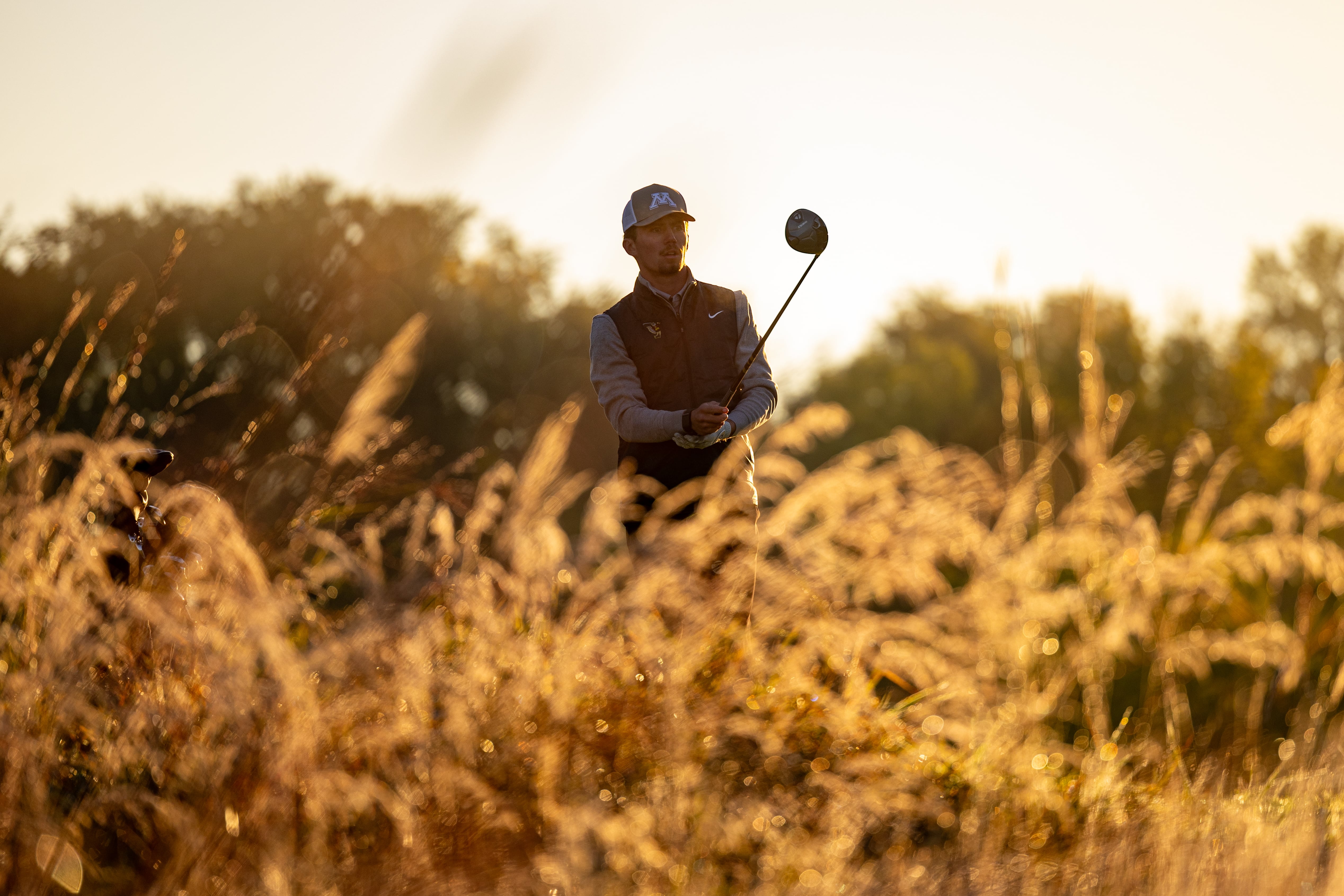Opinion

Over the past few months I’ve been working with several players remotely. This is because I am based in the UK and they have been competing across the globe. With high-performance players, we work tirelessly on finding ways to consistently lower scores, improve earnings and ultimately rise up the world rankings in order to qualify for bigger money events and, ultimately, majors.
With regular statistical analysis each player's game can be evaluated in-depth. We do this not only to be able to see where gains can be made but also to formulate specificity in their practice to ensure the player is enhancing the skills needed for the different types of courses they play each week.
For most club players, they are playing the same courses most weeks. Few keep statistics and very few spend time with their coaches discussing what the stats are telling them, yet they still want to lower their scores. Statistics don’t tell the whole story, but they do create opportunities to explore a player's game and have meaningful conversations, which in turn give the player and coach a better understanding of how to improve and lower scores.
I have the luxury of working at a very busy 27-hole facility that has a large range and short game area. When I observe golfers practicing, I can't help but wonder how productive their practice is for lowering their scores. Of course, hitting the ball better and more consistently will help but it's not just swing improvements that make a difference. In fact, I'd say at times it doesn’t help their play that much at all.
What I see is players practicing with the same clubs each session – a few wedges to warm up, and then a large percentage of the balls hit with a 6 or 7-iron and finally a few long irons and then the driver. If players were to keep statistics and log which club was used and when, they’d start painting a picture of what the course demands of their games and therefore be able to structure their practice based on sound evidence.

"Specificity in practice is the key in my opinion. We should be looking into what is going to have the biggest impact on reducing our scores"
Tom Motley
For example, 10-handicap players will probably average no more than 5 to 7 Greens In Regulation per round, which would suggest a large percentage of their game during a round takes place within 50 yards, in and around the greens. And yet what I see is hours upon hours spent on the range and a very minimal amount of time on the short game area.
Of course practicing to hit more greens will be advantageous too but it does beg the question: could they utilise their practice time better? Other than the putter, the most used club per round is, in most cases, the driver, so allocating the high percentage of practice time with the driver seems justified. But what area is next? I’d hazard a guess that for the large proportion of club golfers the short game is second in line.
Specificity in practice is the key in my opinion. Players should know what they’re going to the range to achieve rather than just whacking balls aimlessly. If you’re there to do some technical practice, great – do that! But if we are aiming to lower scores and develop our game, then surely, we should be looking into what is going to have the biggest impact on reducing our scores.
Statistical analysis allows us to gain an in-depth understanding of what’s key and what needs work. From there we can dedicate time to the right parts of the game to maintain and develop. The stats or data can also help us understand the areas that we need help from our coaches with.
The courses you’re going to play should also have some influence on your preparation and practice. Long or short, open or tight, links or heathland – the list goes on! What the course is going to demand of your game should inform what and how you practice in the build-up to tournament play. I use google earth to look at a course in advance. I also look at the weather forecasts and current ground conditions to build a more comprehensive plan for my preparation.
Collecting stats and not using them to the full potential doesn’t make sense to me. The information is there to use, so we should use it to achieve our ultimate goal, which is to lower scores. Using Clippd, it took me less than two minutes to show a player what area of his game needs a little improvement to lower scores and from there we formulated a technical and practice plan.
Players will do technical practice but more importantly there will be performance practice, which is measured, targeted and logged so we can see if improvements are being made. If you know you’re improving in practice it is far easier to take that confidence on to the course and improve in tournaments. We need to see improvements to enhance confidence, and if we’re not collecting practice data how can we be sure that the improvement is there?

.png)








.jpg)
.svg)